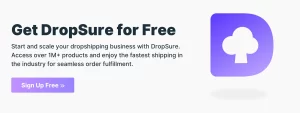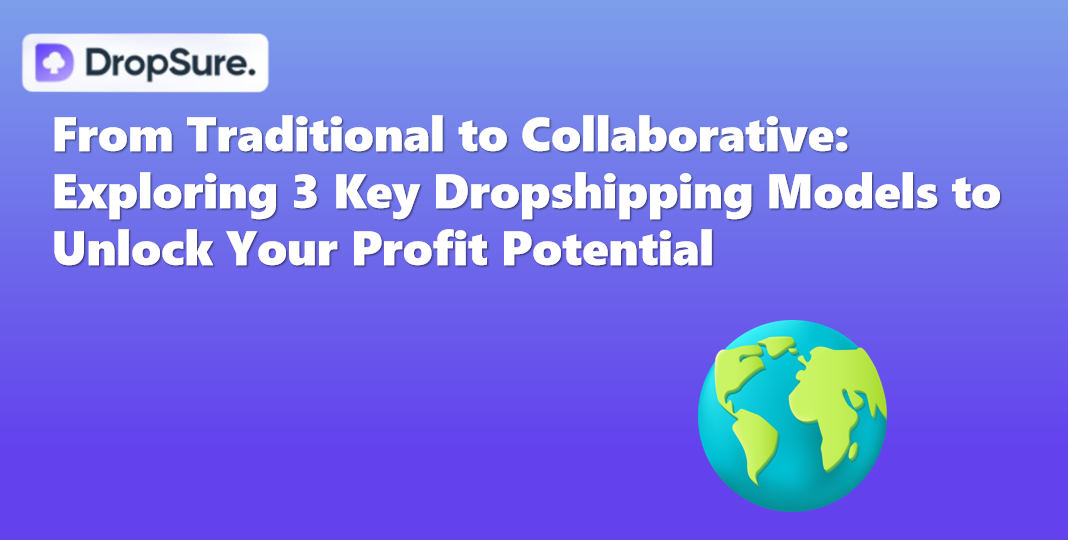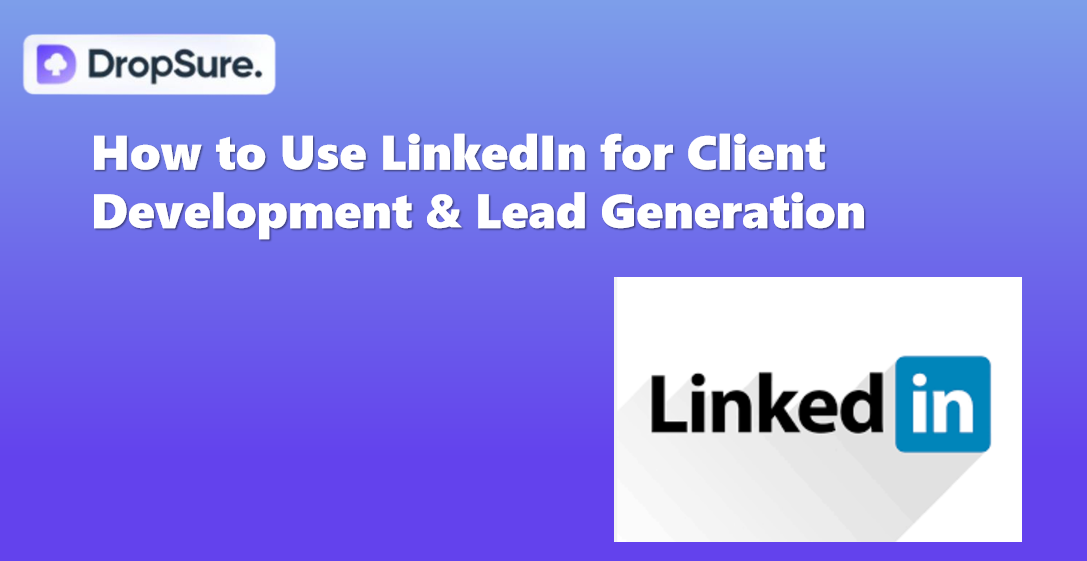You’ve probably heard the saying: “Price = Cost × 2.” Sounds nice, doesn’t it?
But anyone who’s done dropshipping knows — if you really follow that, you’ll basically end up eating dirt.
This article will walk you through, step by step: where your profits actually go, and how to calculate a realistic pricing strategy to avoid the nightmare of “the more you sell, the more you lose.”
The Cost Components of Dropshipping
Don’t fool yourself into thinking the cost is just what you pay on 1688, AliExpress, or Temu. The real cost = product price + shipping + fees + marketing expenses + returns/customer service + taxes + your own salary/profit expectations.
Let’s break it down:
| Cost Item | Example Data (Selling One T-shirt) |
|---|---|
| Product Cost | ¥20 (AliExpress cost) |
| International Shipping | ¥15 (ePacket or Yanwen small package) |
| Platform Fees | ¥5 (e.g., PayPal + Shopify transaction fees) |
| Marketing Cost | ¥30 (Facebook ad spend) |
| Returns/After-sales Allocation | ¥3 (average 1 return per 10 orders) |
| Other Expenses | ¥2 (Shopify subscription, domain, customer service, etc.) |
| Total Cost | ¥75 |
Note: This doesn’t include your profit expectations yet.
How to Calculate Your “Bottom-Line Price”
Many people set prices on a whim: “The product cost is ¥30, so I’ll sell it for ¥60. That should be enough to make a profit.”
But in dropshipping, this kind of pricing is basically suicidal. Your costs are much more than just the product price — you have shipping, advertising, platform fees, after-sales costs, and more.
If you don’t calculate these clearly, you might think you’re making money on a sale, but in reality, you’re losing. So let’s get clear on a crucial concept — the bottom-line price.
What is the bottom-line price?
The bottom-line price is the minimum selling price you must set to achieve your target profit on a transaction.
If your actual selling price is below this number, no matter how many units you sell, you’ll lose money in the end.
The formula is:
Bottom-line Price = Total Cost ÷ (1 – Target Profit Rate)
Let’s look at an example.
Suppose you want to keep a 30% profit margin (target profit rate = 0.3). You calculate your total costs as follows:
-
Product cost: ¥20
-
International shipping: ¥15
-
Advertising cost (e.g., Facebook ads): ¥30
-
Payment fees (e.g., PayPal/Shopify): ¥5
-
After-sales/returns reserve: ¥3
-
Other operating costs (e.g., app subscriptions, packaging): ¥2
Your total cost adds up to ¥75.
Plugging this into the formula:
Price = 75 ÷ (1 – 0.3) = 75 ÷ 0.7 ≈ 107.14
In other words, you must price this product at least ¥107.14 to ensure about ¥32 profit (around 30%). Pricing lower than this squeezes your profit and might even lead to losses.
Fee Structures on Different Platforms
When setting your selling price, many people only consider product cost and shipping fees. Some even use “cost × 2” as a simple way to estimate profit margins. However, in real-world operations—especially in cross-border dropshipping—if you ignore platform fees, advertising expenses, and after-sales “hidden costs,” it’s easy to fall into the trap of “the more you sell, the more you lose.”
To ensure sustainable profit margins, the first step is to accurately calculate your bottom-line price.
| Platform | Fee Structure |
|---|---|
| Shopify + Stripe | Transaction fee around 2.9% + $0.30 per order |
| eBay | Final value fee roughly 10% – 12% |
| Amazon | Platform fees + FBA fees + commission, totaling 15% – 30% |
| TEMU | Revenue share by percentage + unified logistics settlement, very competitive pricing |
Returns and Customer Service Costs
Returns and customer service costs are often the “invisible killers” hidden in your accounts—especially for categories like apparel and electronics, which tend to have higher return rates. If you don’t set aside a budget for these in advance, even if your profit looks good on paper, the actual take-home can be slim.
For example, after deducting product cost, shipping, and advertising, you might net ¥30 profit per order. But if your return rate hits 10%, and each return costs you ¥75 on average (including round-trip shipping, refunds, and handling fees), then out of 10 orders, your original ¥300 profit has to cover one return costing ¥75, leaving you with only ¥225. That brings your average profit per order down to ¥22.5, effectively slashing your profit margin by 25%.
On top of that, even when customers don’t return items, every inquiry about size, shipping, or quality demands time and resources. Whether you hire virtual assistants, outsource customer service, or handle it yourself, these labor and opportunity costs steadily eat into your earnings. Over time, customer service expenses can account for 5% or more of your total costs—especially tough for small sellers.
To avoid the trap of “making no money but working yourself to exhaustion,” the safest approach is to spread returns and customer service costs evenly across all orders as unavoidable expenses. For common categories with 5%-10% return rates, it’s wise to reserve ¥2 to ¥5 per order to cover potential return losses. For highly sensitive categories with return rates over 15%, such as shoes or electronic accessories, consider setting aside ¥7 to ¥10 per order. Meanwhile, if you pay a monthly fee for outsourced customer service, be sure to allocate that cost across your expected monthly sales volume.
Contents
Toggle
 5 min read
5 min read




